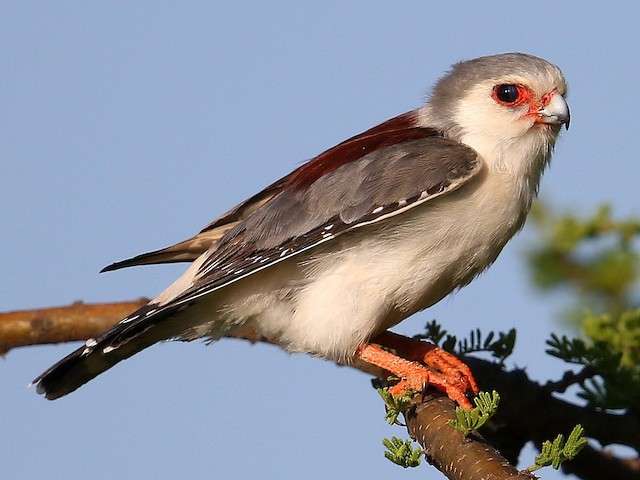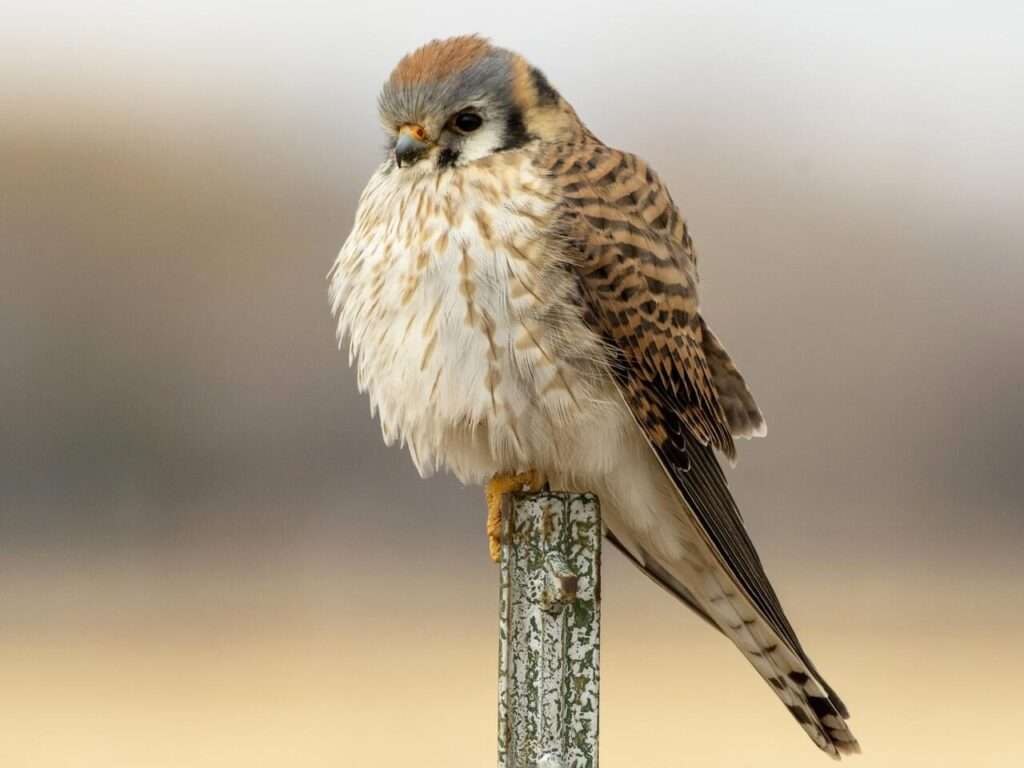
Description
Life span: Up to 15 years
The turkey vulture has black feather edges and reddish undertones throughout. The head lacks feathers, and the legs range in color from dark to pinkish. The ivory bill and dark feather ruff on the adult’s neck contrast with the crimson flesh on the adult’s head. In juveniles, the head skin is dark, and the bill has a dark tip and a pale base. The black primaries and underside of the wing coverts contrast sharply with the silvery secondary, giving the wing a two-toned appearance. The tail is very lengthy. A turkey vulture may mimic a wild turkey while perched on the ground. It stands out from the rest of our vultures in that it uses both its eyes and its nose to look for carrion. It defends itself by spitting up highly acidic stomach contents when threatened.
Native Region/Habitat
With a 28,000,000 km2 global occurrence, the turkey vulture has a wide range. It rivals with its cousin, the black vulture, for the title of most prevalent raptorial bird on the earth and is the most common vulture in the Americas. An estimated 18,000,000 people live there worldwide. It can be found in open and semi-open environments all over the Americas, from southern Canada to Cape Horn. It is a permanent resident of the southern United States, despite the fact that northern birds may migrate as far south as South America. Although the turkey vulture inhabits almost all habitats in North America, they have certain environmental preferences.

Behavior
The Turkey Vulture’s peculiar sluggish, teetering flying pattern probably helps the animal soar at low altitudes, where it can use its nose to locate carrion most effectively. They will occasionally form mixed flocks or kettles when they soar high on thermals. They are less nimble than Black Vultures and move on the ground with awkward jumps. They frequently stand straight with their wings extended, probably to warm up, cool down, or dry off.
Outside of the breeding season, Turkey Vultures create roosts of dozens to hundreds of birds. Turkey vultures perform a “follow flight” performance during courtship that lasts up to three hours and involves one bird leading the other through twisting, turning, and flapping flights. Migratory flocks can reach thousands in size. One Turkey Vulture feeds at a time, driving the others away and making them wait in line. Several Turkey Vultures may gather around carcasses.
As a pet/In captivity
You cannot keep a Turkey vulture as a pet. However, there are many ways to get near turkey vultures. Volunteer at a local wildlife sanctuary that houses a non-releasable vulture. If individuals are sincerely serious about keeping vultures as pets, you might want to think about working as a rehabilitator. There aren’t many people eager to take care of vultures after rehabilitation.
Table





